Hrdaya (Anga) Nyasa: Open up to cosmic energy and protect yourself from external negative influences
6Nyasa is a symbolic gesture of placing the mantra onto one’s body so that the body becomes the seat or temple of the Deity. One of the most potent and meaningful nyasas in Devata yoga is Hrdaya (Anga) Nyasa. This series of gestures with activating mantras is used to connect to your chosen Deity, put aside your daily concerns, open yourself up to cosmic energy, create armor to protect yourself from external negative energies, enable yourself to see more clearly, and drive away negative external influences.
Hrdaya (Anga) Nyasa is performed by touching different parts (anga means “limb”) of your body, starting with your heart (hrdaya means “spiritual heart”).
Step 1
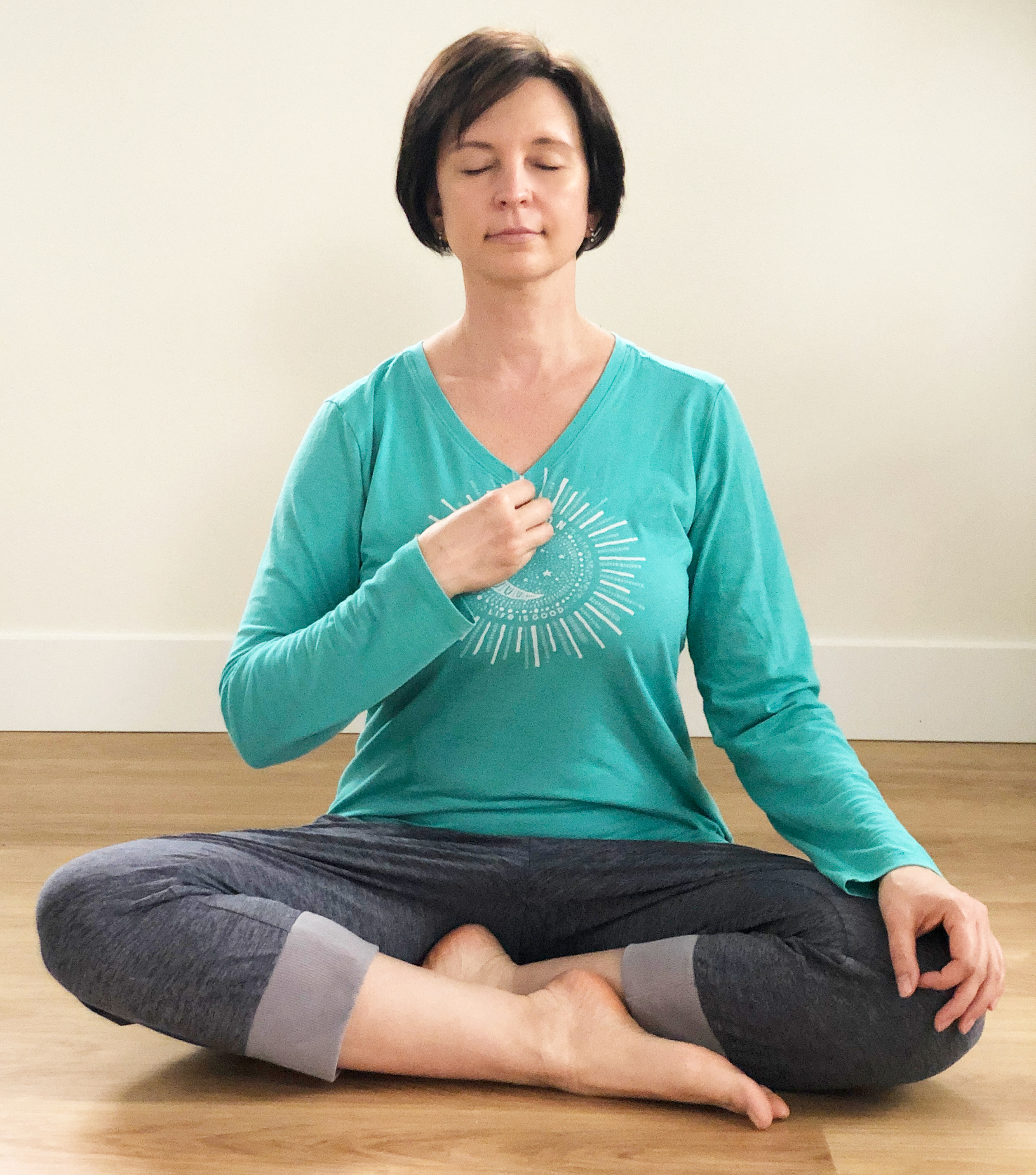 |
Meaning: Recognition of Divinity in our heart, a place of love and devotion
Part of the body: Chest (hrdaye means “spiritual heart”) Hand gesture: All fingers touch the chest together Activating mantra: Namaha Entire mantra: Hrdaye namaha |
Step 2
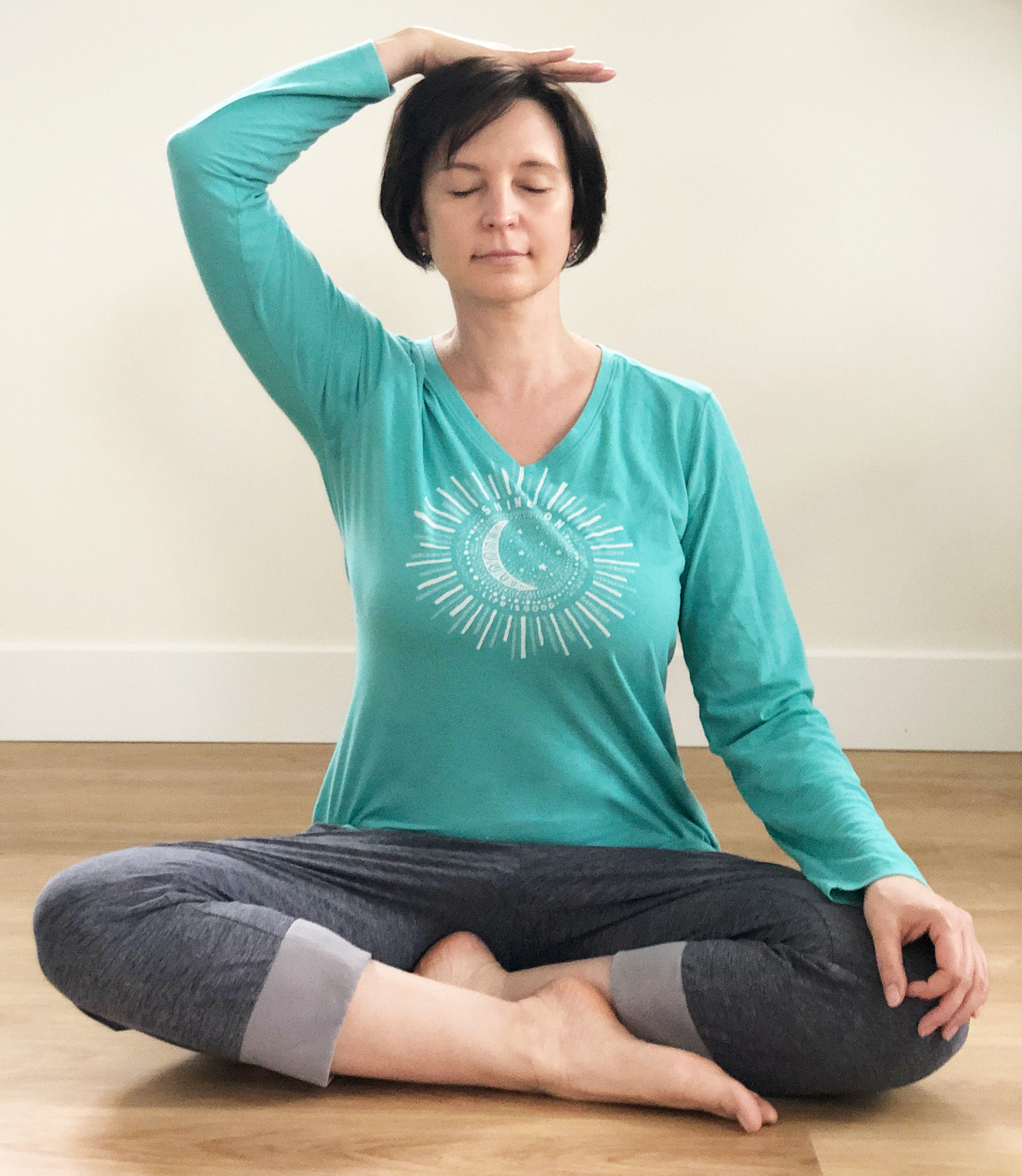 |
Meaning: Dissolution of our materialistic thoughts, gaining sense of inner security that comes from surrender to Higher power
Part of the body: Top of the head (shira) Hand gesture: Middle part of the palm on top of the head Activating mantra: Svaha Entire mantra: Shirasi Svaha |
Step 3
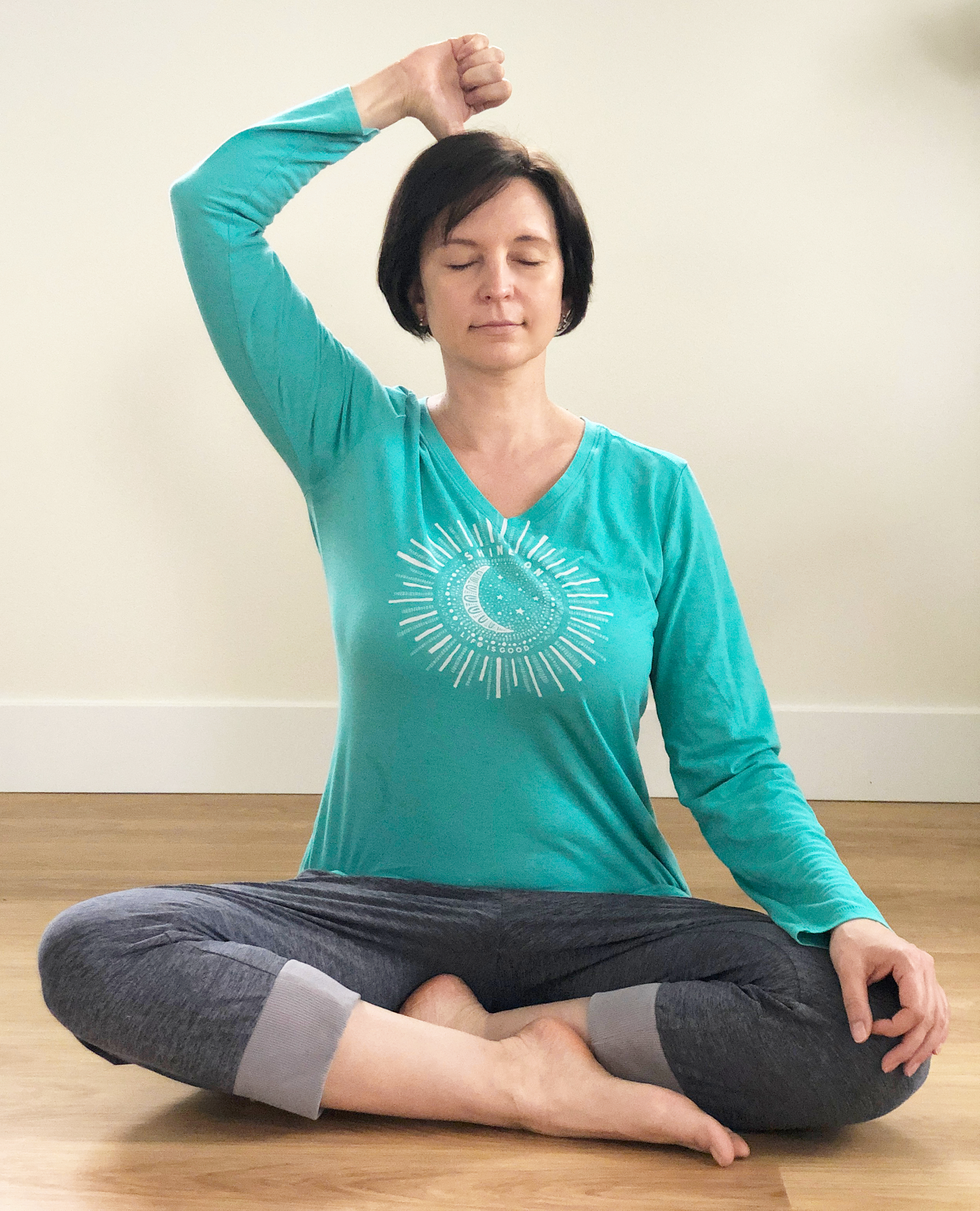 |
Meaning: Activation of a place that receives cosmic energy. Request for a Divine deity to descend upon us.
Part of the body: Crown of the head (shikhaa); it represents the Divine Hand gesture: Touching the crown with extended thumb, all other fingers folded Activating mantra: Vashat Entire mantra: Shikhaye Vashat |
Step 4
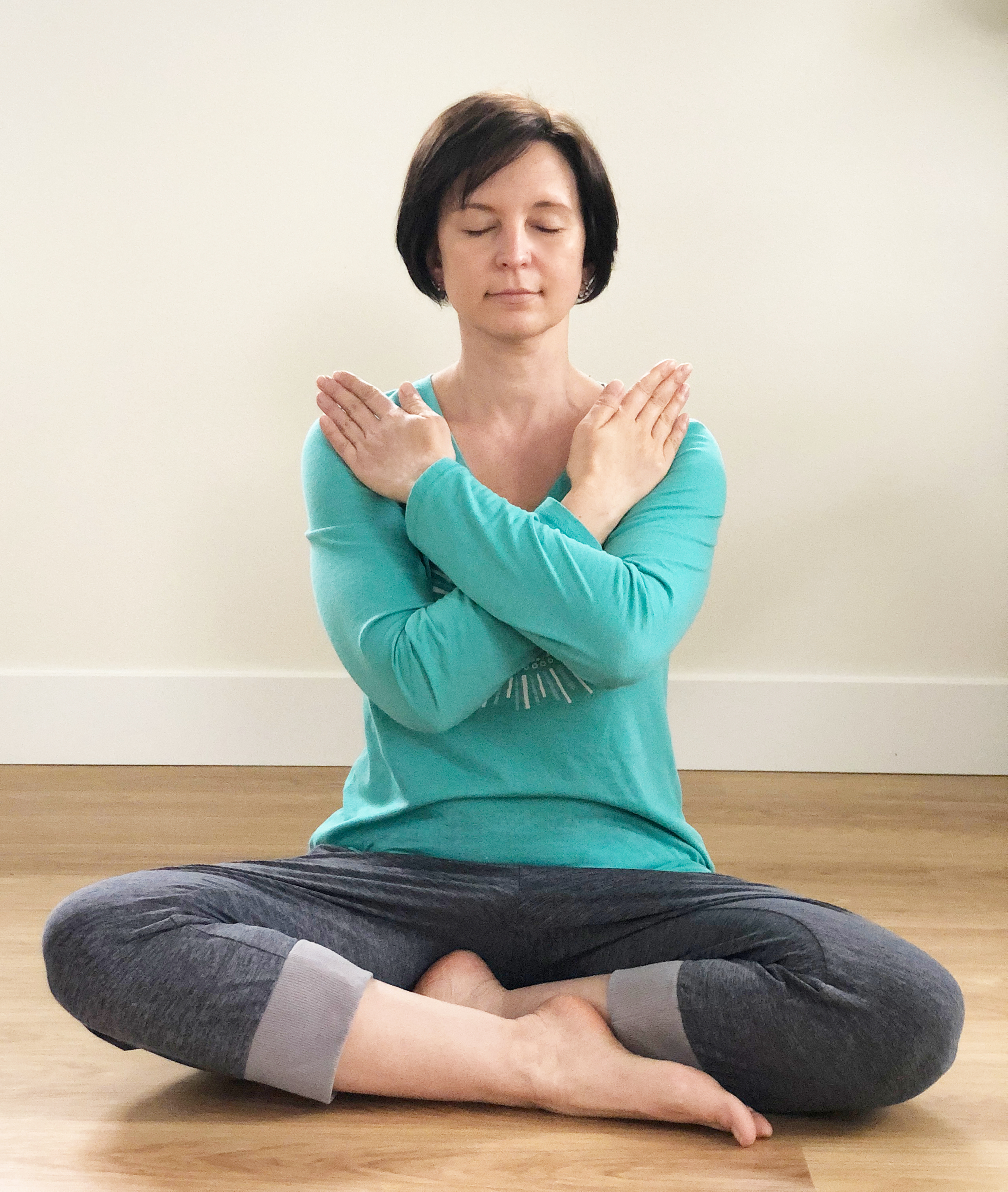 |
Meaning: Creation of a shield (kawacha) around us to block external negative energies, reclaiming our space
Part of the body: Opposite shoulders Hand gesture: Placing the base of little fingers to opposite shoulders Activating mantra: Hum Entire mantra: Kawachaye Hum |
Step 5
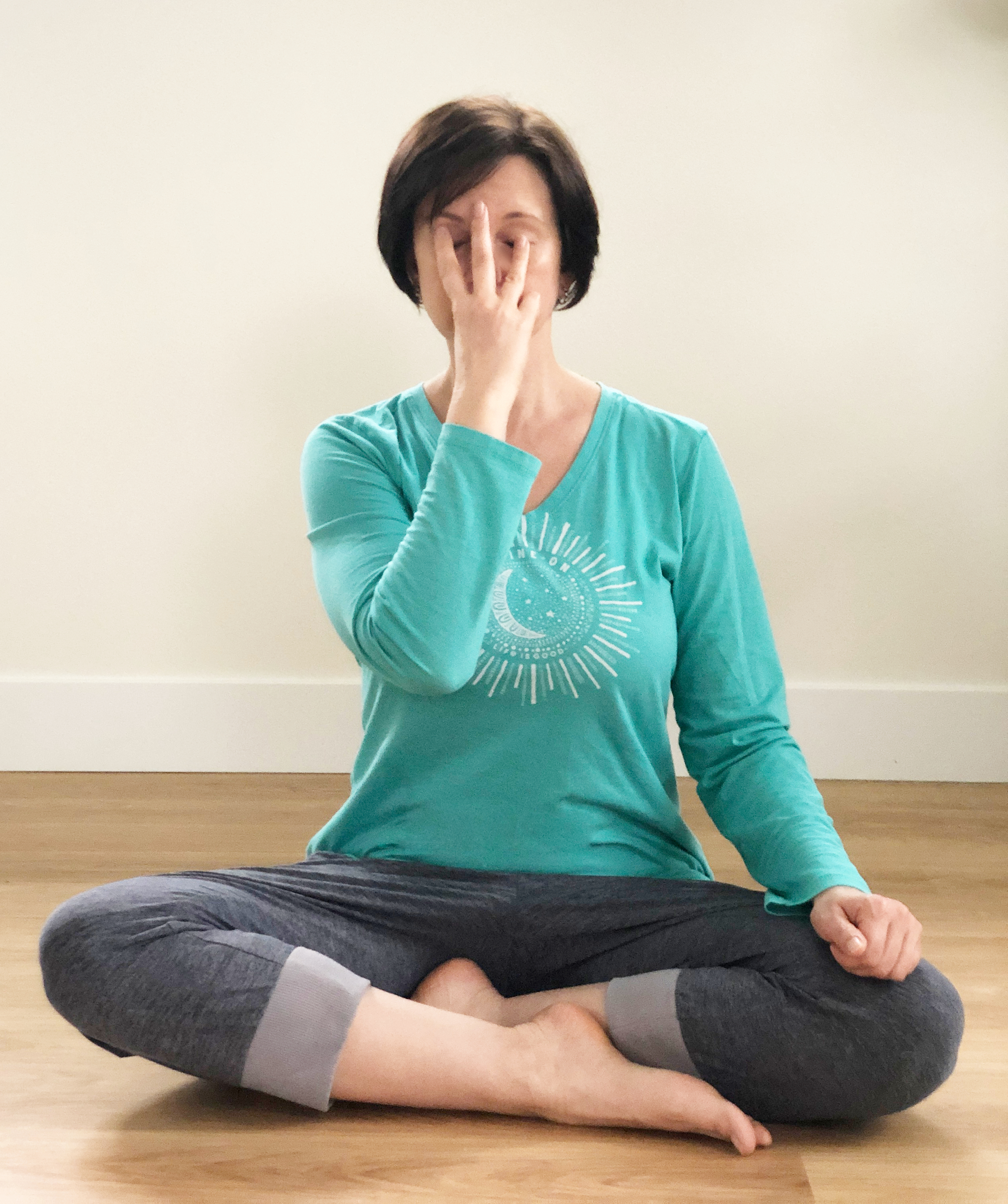 |
Meaning: Igniting the power of Divine vision, activating the third eye center
Part of the body: Three eyes (netra means “eye”) Hand gesture: Index finger touches the right eye, ring finger touches the left eye, middle finger touches the third eye. Activating mantra: Vaushat Entire mantra: Netraye Vaushat |
Step 6
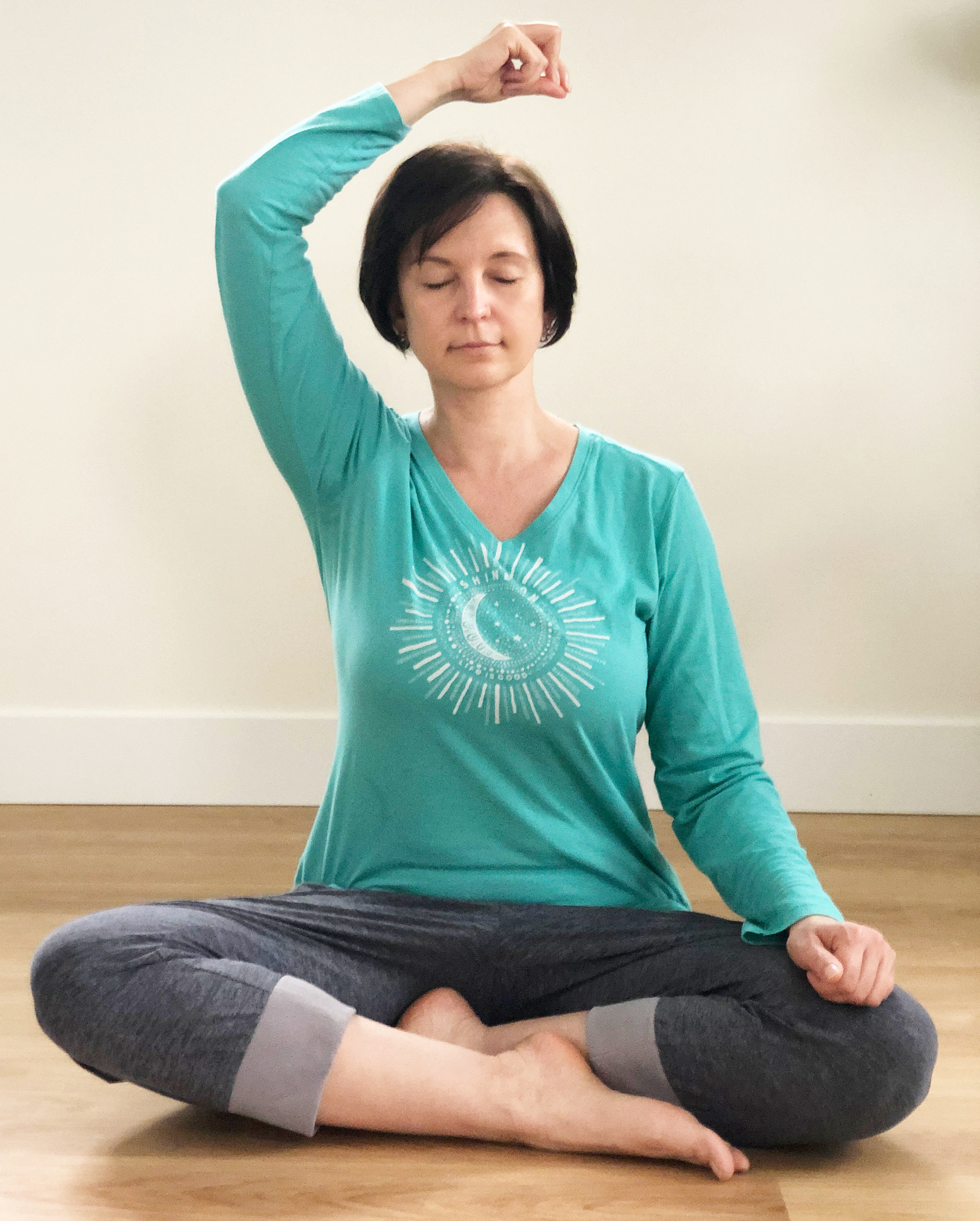 |
Meaning: Driving away external disturbances, burning one’s bondages (astra means “a weapon that’s activated by recitation of a mantra”)
Part of the body: Around the head Hand gesture: 8 finger snaps (phat) around the head Activating mantra: Phat Entire mantra: Astraye Phat |
Some traditions use different mudras with this nyasa. This nyasa can also be done by evoking a particular deity; then the name of the deity is repeated with every gesture. Here is an example of dedicating this nyasa to Durga, the Divine Mother.
Nyasas can be used at the beginning of the yoga practice to help set an intention, but they are most potent following asana / pranayama and prior to meditation. You can use these traditional nyasas or come up with your own nyasa-like gestures. Next time we will talk about adding your own symbolic gestures to your practice – tune in!
[jetpack_subscription_form]

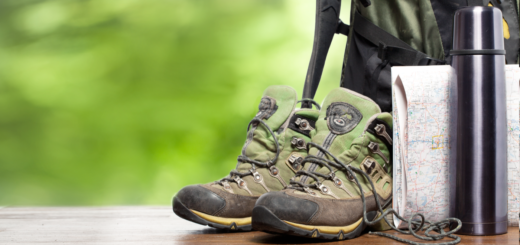
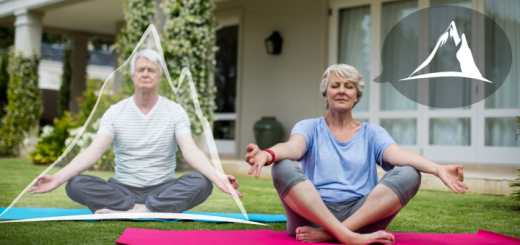
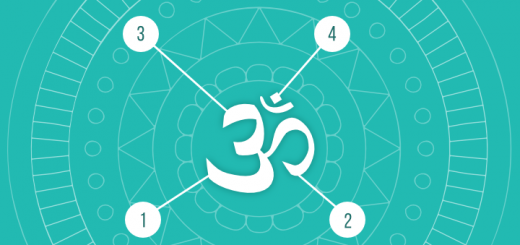
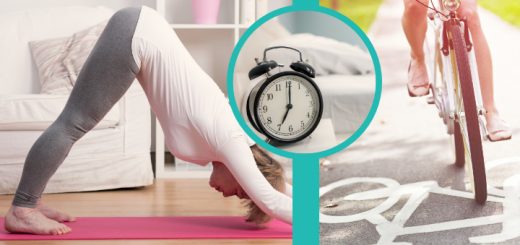















Hello Olga,
Thank you very much for your blogs, your classes and newsletter.
I always read what you send, also like your teaching style, as you come from the same school I
trained with. All the very best to you. Hanna
Hi Olga thank you for these illuminating nuggets of knowledge to enhance our practice … I was hoping that you might be able to direct me to a place on you tube for the correct pronounciation of the Sanskrit. Namaste Juliet
Good explanation
How is astraya Phat done. Clockwise or anti clockwise
Thank you ?
Thank you so much. How beautifully explained